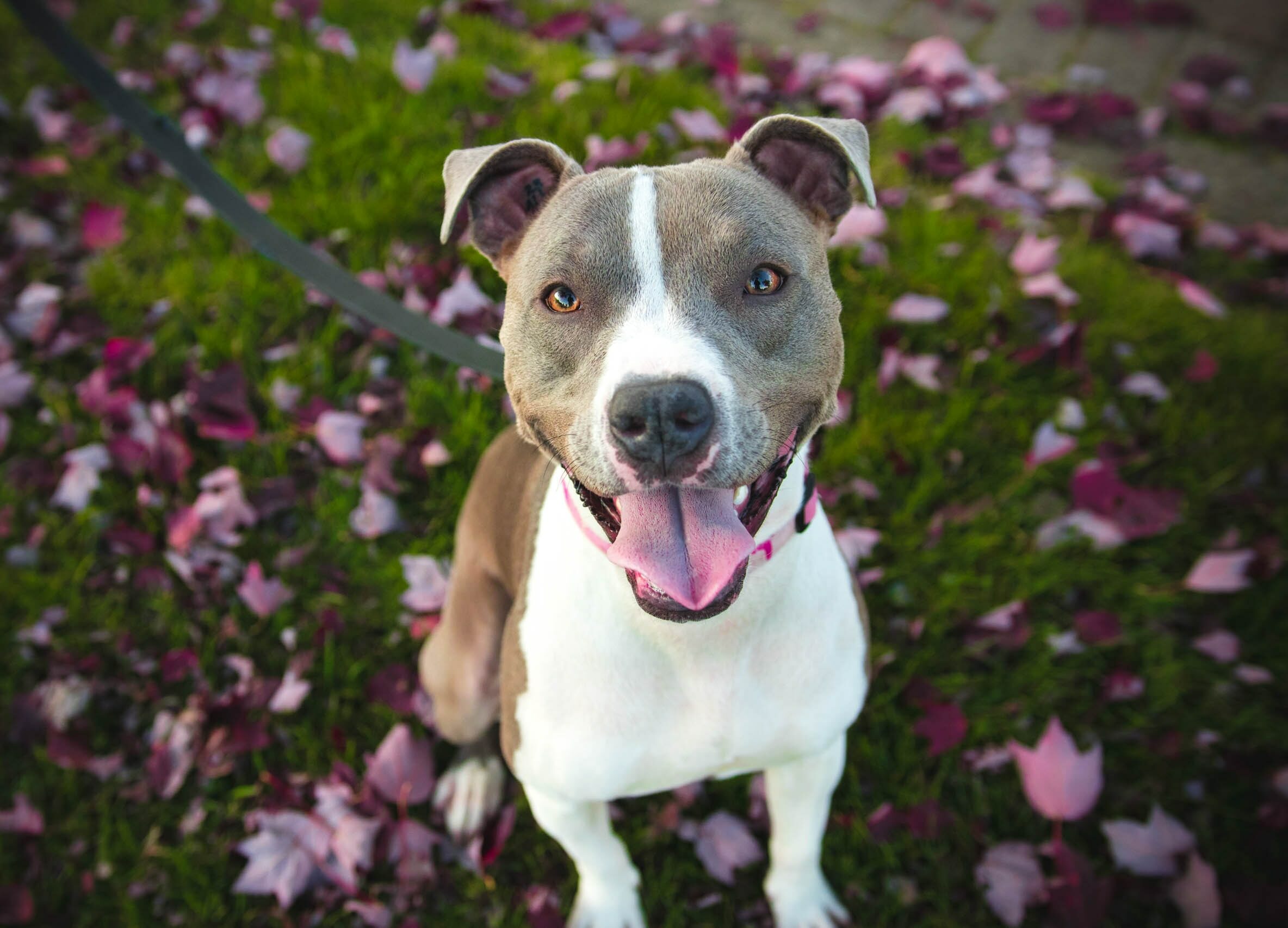While dogs can be our closest companions, sometimes it can be difficult for pet owners to understand what our furry friends are trying to tell us. Dogs cannot articulate through words what they are thinking or feeling.
But we can better understand our dogs by observing their behavior, body language, and noises. So what does it mean when a dog is moaning? Dogs can moan for various reasons, some of which are harmless and others that could be a sign of a more serious medical condition or behavioral problem.
- Dogs communicate with vocalizations like barking, growling, and howling.
- Moaning in dogs can indicate anxiety, excitement, or even contentment.
- Sighing or groaning may also reflect canine frustration or boredom.
- Pain or discomfort in dogs often results in vocalizations like groaning.
- Identify dog health issues by monitoring symptoms and body language.
We will discuss different types of vocalization in dogs, what it means, and when to see a vet about it.
The information provided herein is for informational purposes only. Please refer to our disclaimer for more details..
Types of Vocalization in Dogs
Image credits: Justin Veenema.
In addition to body language, dogs also communicate with us through vocalization. Compared to their wolf ancestors, dogs vocalize differently due to domestication. This is partially because they have evolved to communicate in a human social environment.
This means that in contrast to wolves, dogs vocalize in more ways and a wider variety of situations. So let’s talk about the different types of sounds that dogs make.
Perhaps the quintessential sound a dog makes is a bark. Barking is a short, abrupt, repetitive vocalization. Different dog breeds have different uses for barking based on what they were bred for.
For example, hunting dogs have a unique type of bark whereas other breeds more closely related to wolves, like the Basenji or Chow-Chow, hardly bark at all. The character of a dog’s bark varies based on what message he is trying to communicate in a given social context.
Another way dogs vocalize is by growling. A growl is a low-frequency guttural sound produced in the throat. While growling is usually used as a warning of aggression, growling can also be observed during play. Aggressive growling is typically characterized by low rumbling and a display of teeth. Conversely, play growls are noisy, short, and medium to high in pitch.
Another sound dogs make is a howl. Reminiscent of its wolf ancestor, a dog’s howl is a long loud cry. Originating from pack behavior, dogs use howling as a means of maintaining a group bond.
Other dog sounds include whining, grunting, groaning, and moaning.
Why Is My Dog Moaning and Groaning?
There are several reasons your dog may be making these noises.
Anxiety or Excitement
Image credits: Oscar Sutton.
One reason your dog may be moaning is due to anxiety, such as separation anxiety. However, anxiety in dogs usually manifests more as whining rather than moaning. Anxiety in dogs typically presents as more than vocalization alone.
Anxious dogs may have tucked or flattened ears, have a fearful expression, or yawn. Vocalization associated with anxiety or fear is usually accompanied by pacing and restlessness.
Other behaviors that indicate your dog may be anxious include lip licking and panting. Dogs with excessive vocalization due to separation anxiety may benefit significantly from increased exercise, chew toys, desensitization, and crate training.
Although dogs can whine in stressful situations, they may also whine when greeting people or trying to get your attention. This type of excited whine may occur when a dog tries to jump up on you.
Also, dogs whining out of excitement rather than anxiety will often be wagging their tails. One way to differentiate between anxious whining and excited whining is pitch. If a dog is distressed, his whine will rise in pitch at the end of the sound. Alternatively, a happy or excited dog will whine with a pitch that drops or does not change.
Frustration or Boredom
Dogs may also sigh or groan out of frustration. For example, if you are not paying attention to him, your four-legged friend may protest by sighing or whining. If their walk or playtime is cut short, dogs may show their annoyance by vocalizing or letting out a long sigh.
Dogs suffering from frustration or boredom may also become destructive, chewing on things they shouldn’t and leaving messes in the house.
This type of frustrated vocalization and behavior usually improves when dogs receive plenty of mental stimulation and physical exercise. In addition to walks and playtime, puzzle toys are a great way to help alleviate boredom.
Pain or Discomfort
Image credits: Ryan Stone.
Another reason your dog may groan or moan is due to pain or discomfort. If groaning is accompanied by yelping or whimpering, it may mean your dog is in pain.
Unfortunately, due to the language barrier, pets cannot explicitly tell us when they hurt. Therefore, we must pay close attention when monitoring for subtle signs of pain, which include excessive vocalization.
Pain in dogs can manifest in various ways, mainly depending on the source of pain. For example, dogs with orthopedic issues like arthritis or hip dysplasia may exhibit changes in activity levels. Dogs with joint pain may be reluctant to move, have difficulty standing from a seated or lying position, or tremble.
Dogs can also experience pain with many other conditions. Another example is bloat, or GDV (gastric dilatation-volvulus). Bloat is a painful condition that occurs more commonly in large and giant breed dogs where the stomach twists on itself. In addition to excessive vocalization, these dogs often experience drooling, a distended abdomen, and non-productive retching.
Many other conditions may make your dog groan in pain. Other signs of pain include increased aggression, changes in posture, lack of grooming, and self-mutilation (e.g. excessive licking, biting, or scratching). If you suspect that your dog is in pain, see your vet for an evaluation so she can recommend treatment options.
Aging and Canine Cognitive Dysfunction
In addition to new health conditions, aging pets can develop behavioral changes. One condition seen in older dogs is cognitive dysfunction syndrome.
In addition to increased anxiety, changes in appetite, and incontinence, these senior dogs can also have increased vocalization. This vocalization may occur at inappropriate times such as nighttime or when a dog sleeps. Elderly dogs may also experience hearing loss, sometimes resulting in increased vocalization.
Contentment
Image credits: Milli.
Although vocalization can signal anxiety or discomfort, moaning is not always a bad thing in dogs. Happy puppies often show their contentment by letting out low-pitched moans. You may observe this when a puppy snuggles its littermates, mother, or owner. Many dogs will also grunt as a sign of pleasure.
In addition to moaning or grunting, dogs can show their contentment through sighs. If a dog is lying down with its head on its paws or its eyes half-closed, a sigh may signal happiness or comfort.
However, if a dog sighs with its eyes open, this can be a sign of disappointment, such as a dog who does not receive a treat or playtime.
When Is Dog Vocalization a Concern?
If your dog is vocalizing excessively or you are concerned about his health and well-being, it is best to make an appointment to talk to your vet to rule out any serious health or behavioral issues.
In general, moaning is cause for concern when there are other concurrent signs or symptoms present. Possible signs include but are not limited to lethargy, decreased appetite or water intake, weakness or decreased mobility, vomiting, diarrhea, incontinence, and changes in behavior.
If you observe any of these symptoms, it may be a sign that your dog’s moaning is due to a health problem. Visit your veterinarian as soon as possible to help identify the underlying condition so that treatment can be implemented quickly.
There are many reasons dogs make various noises, including moaning. Some of them are benign but sometimes moaning and groaning can be a sign of a bigger problem.
The best way to identify a health or behavioral issue is by diligent monitoring for other symptoms and body language. We may not speak the same language but dogs communicate with us in ways we can and should learn to understand as best as possible.
525views
Share on Facebook
 Dark Mode
Dark Mode 

 No fees, cancel anytime
No fees, cancel anytime 






















































7
0